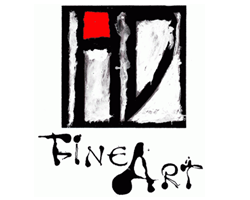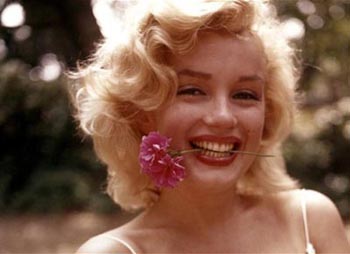Product Description
Tim Liddy Mystery Date Game (1966) Meet your secret admirer! 2006 Oil and enamel on copper, plywood back



Tim Liddy Mystery Date Game (1966) Meet your secret admirer! 2006 Oil and enamel on copper, plywood back
LOUIS F. BERNEKER (1872-1937) USA
“The Three Graces” c. 1910
Oil on canvas, gilt Arts & Crafts style frame
Signed: Louis F. Berneker (lower left)
For more information see: Who Was Who in American Art
(Madison, Conn.: Sound View Press, 1985) p. 50
Canvas: H: 25 1/8” x W: 30 1/8”
Frame: H: 35 5/8” x W: 40 5/8”
Born in Cincinnati, Ohio, Louis Berneker first began his art training at the St. Louis School of Fine Art. From 1903 to 1904, he studied at the prestigious Académie Julian in Paris under J.P. Laurens. Upon his return to the United States, he lived primarily in New York City and later in Gloucester, Massachusetts, where he died in 1937. An accomplished painter in oils and watercolors, he was a member of the New York Watercolor Club, American Watercolor Society, the National Arts Club, and an associate member of the National Academy of Design. In 1930, the painter won prizes for works exhibited at both the National Academy of Design and Allied Artists of America’s juried shows. Berneker exhibited his work at the Pennsylvania Academy of the Fine Arts from 1910 to 1914 and again in 1921, as well as at the National Academy of Design in 1930 (prize), Art Institute of Chicago, and the Society of Independent Artists. His works are housed in the Church of St. Gregory the Great, New York City; the Belmont Theatre, both in New York City, the Chicago Theatre, and the Dallas Art Academy.
GUSTAV GURSCHNER (1873-1970) Austria
Vase c. 1905
Cast bronze ovoid shaped vase with decorative Celtic motif, lightly gilded, the body of the vase simulating leather with a rich brown patina
Signed: GURSCHNER, M180 (stamped in the bronze)
Related works illustrated: The Studio, Special Summer Number 1906: The Art Revival in Austria, ill. no. D6; Studio Yearbook (London, 1909), pp. 139-140; Vienna Turn of the Century: Art and Design, Fischer Fine Art, exhib. cat. (London 1979), p. 23, illus. 1; Bronzes, sculptors & Founders, H. Berman, (Atglen 1994 III) p. 781, cat. nos. 2893, 2894; Decorative Art 1880-1980, Dan Klein & Margaret Bishop (Oxford, England: Phaidon and Christie’s Limited, 1986) p. 84, illus. 1
H: 7 1/4″ x D: 7″ x D: 4″
Price: $14,500
Gustav Gurschner was born in Tirol, Austria. He attended the Fachschule für Holzindustrie in Bozen from 1885-1888. After three years, his instructors encouraged him to attend the Austrian Museum for Applied Arts’ Kunstgewerbeschule in Vienna. After finishing his formal training, Gurschner pursued a career as a sculptor of monumental works. It was while he was in Paris in 1897, that he first turned his energies from the application of small-scale, sculptural works to the aesthetic design of household objects. Shortly thereafter, he returned to Vienna to join the Secessionists whose ideals he shared. By the turn-of-the-century, Gurschner was not only one of the better known artists working in Vienna but enjoyed a reputation that extended into other European countries as well.
